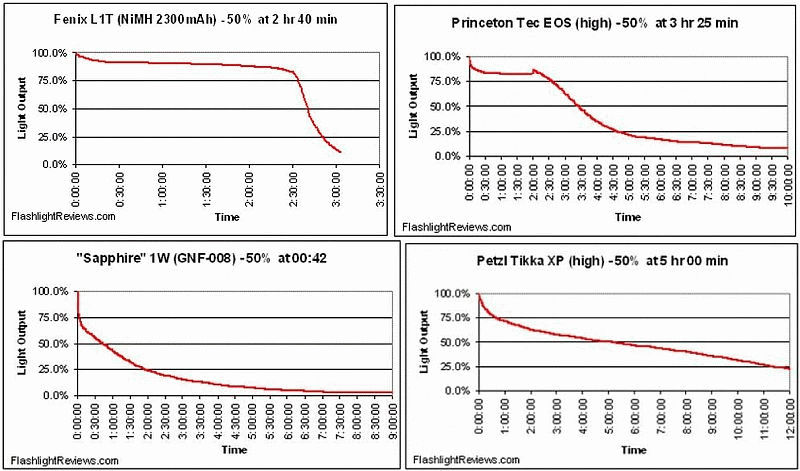I had asked to explain regulated lights in a way even Homer Simpson could understand. This answer accomplished it perfectly.
kongfuchicken
03-07-2008, 01:24 PM
Well, pretend the LEDs are Homer Simpsons and the batteries are doughnut shops.
If the module is unregulated, the doughnut shop has no windows and no doors; Homer will therefore eat away most of the doughnut supply in little time and probably be on the floor eating bits and remains very quickly.
Now, imagine the doughnut shop is guarded by Apu. Homer will be forced by Apu's shogun to eat the supply at a lower rate but at the same time, in a much more consistent and predictable way.
Now, also imagine that everytime Homer eats a doughnut, he emits a "woohoo!". Also, let us pretend that this cheerful onomatopoeia is light emitted. During the time Homer is plundering the shop with no inhibition, he'll be eating two (or more) doughnuts at a time but only emitting a single "woohoo!", thus decreasing the doughnut efficiency. While devouring in this fashion, he tends to get his head stuck inside doughnut containers (D'OH!) and this slows down his progression even further.
Outside of the analogy, the direct driven light will start off extremely bright but also very inefficient. They tend to heat themselves up, further decreasing efficiency.
Now, with Apu present, Homer is forced to eat them one at a time. But at the same time, Apu also eats a few doughnuts (far less than Homer) during the time he is servicing the shop and also decreases the efficiency a bit. That's the drawback of linear regulators which burn off a little amount of power in order to supply the consistent output.
Apu is also able to sell old stocks of doughnuts to Homer at the same price; the regulator is able to compensate for a lower voltage and provide the same output level using older batteries.
In almost every case, The presence of Apu provides benefits that far outweighs its flaws. And even though, to the naked eye, both modules will look similar at first, after a reasonable time of use, the regulated one will offer much more useful light than the unregulated one and in overall making your batteries much more well used.
Ok, that was fun!


